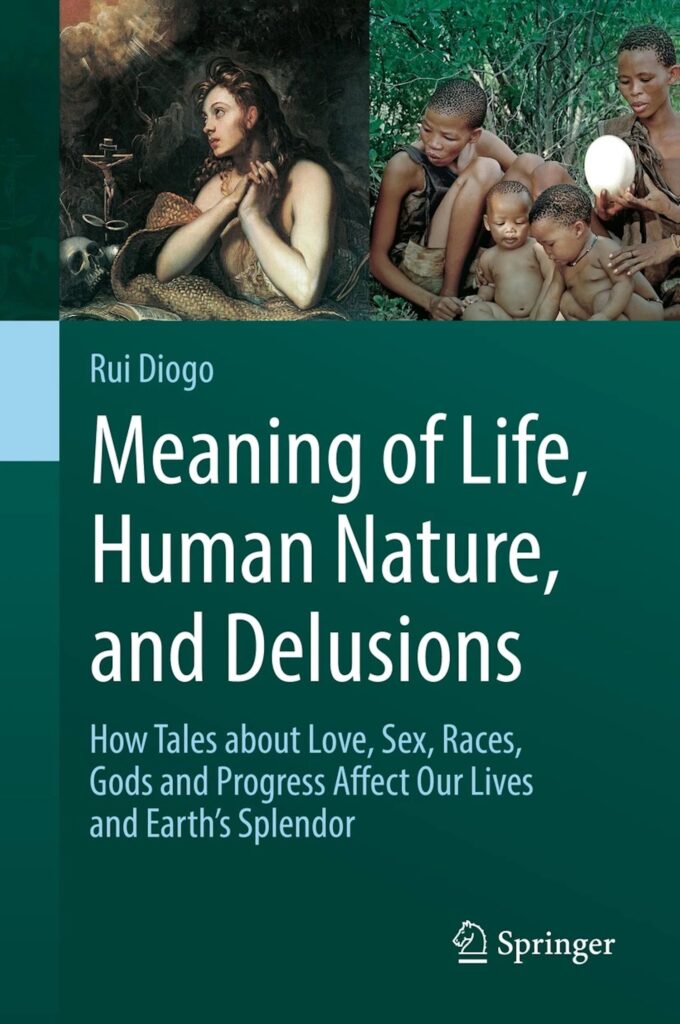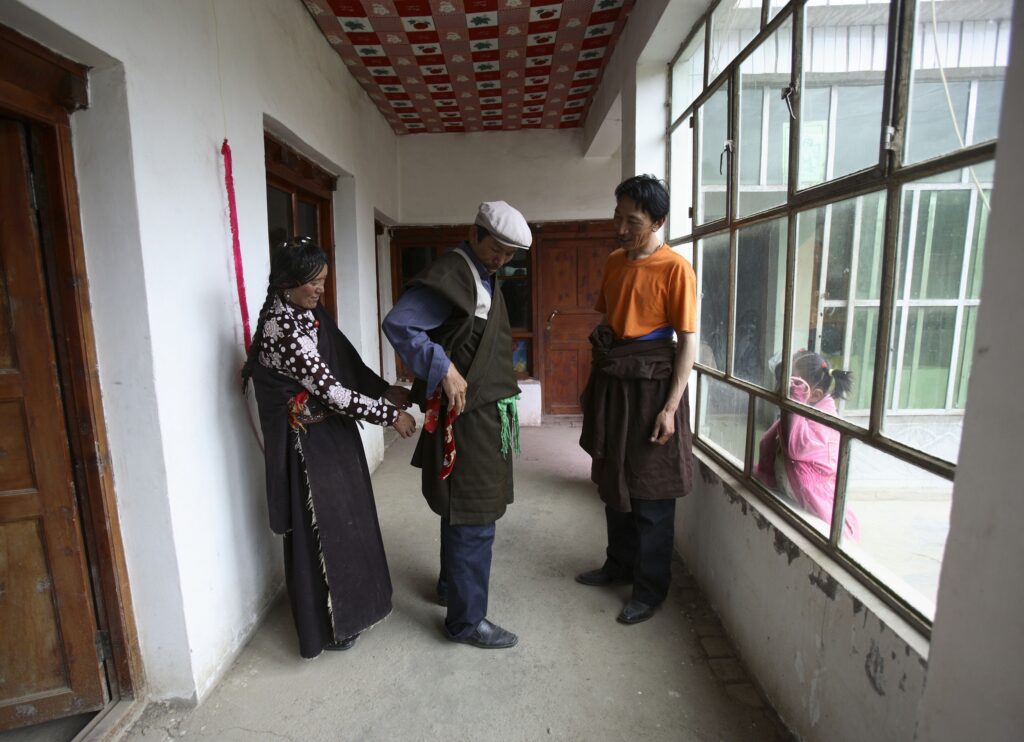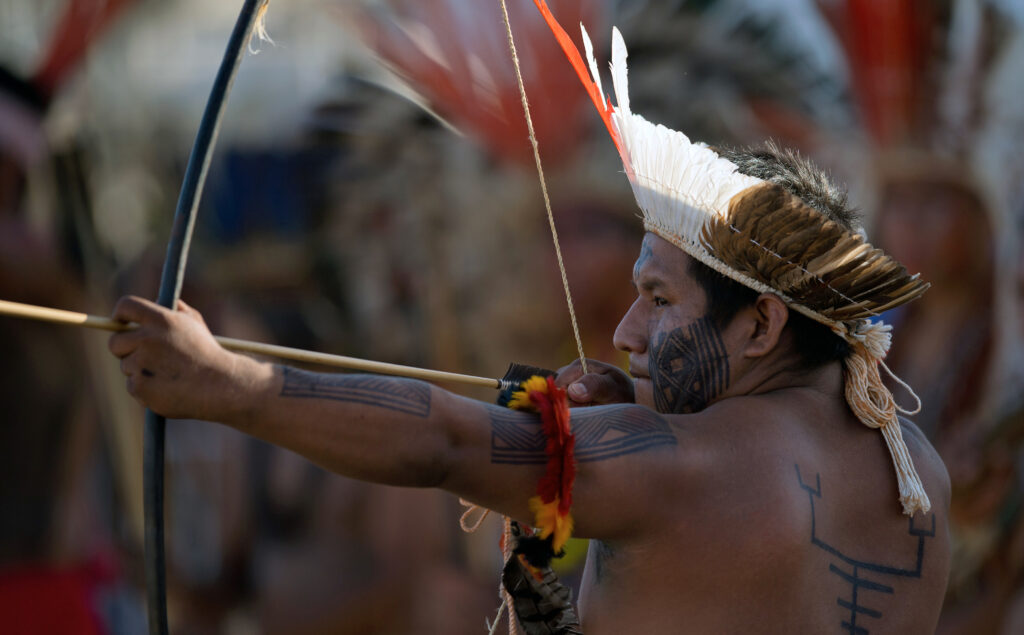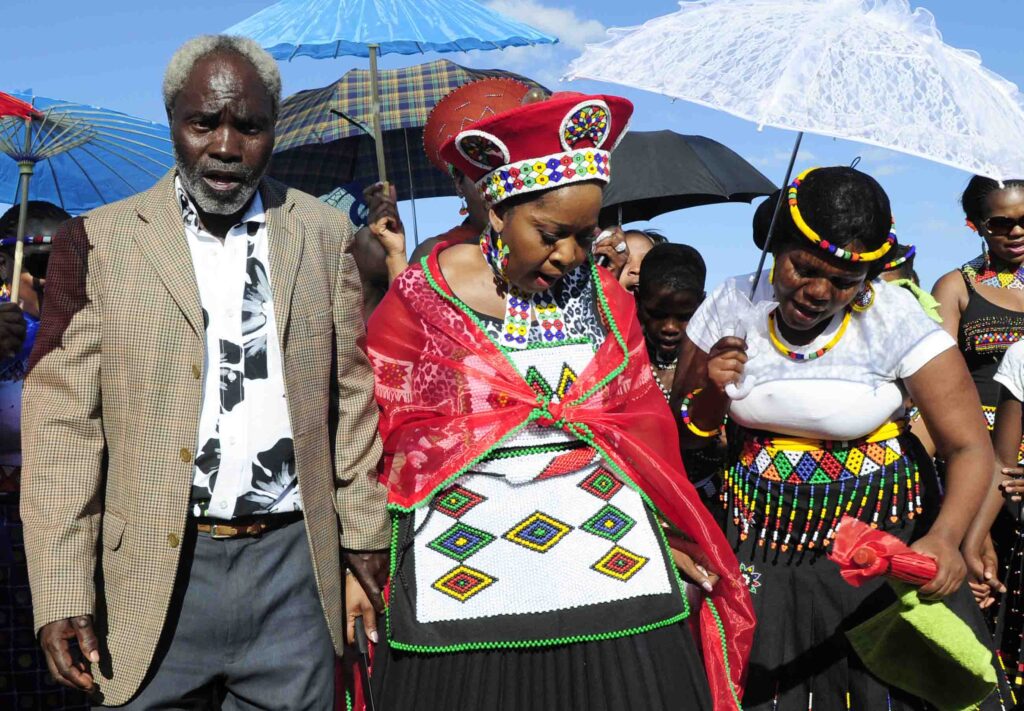What Is “Natural” for Human Sexual Relationships?

Marrying more than one person constitutes a crime across most of the Americas and Europe. But in countries including Mali, Gambia, and Nigeria, more than a quarter of the population lives in polygamous households.
Survey the sex lives of Homo sapiens, and you’ll find couples, throuples, harems, and other arrangements of lovers. Fidelity, adultery, and ethically non-monogamous unions. How could one species have evolved myriad ways to mate? Concerning sex, what is natural for us humans?
As an evolutionary biologist and anthropologist, I am often asked that question. The answer is complex. It also goes to the heart of the nature versus nurture debate, a topic that I have been discussing for several years, including in my latest book, Meaning of Life, Human Nature, and Delusions.
As discussed in that book, the scientific and historical evidence suggests that our earliest human ancestors, after we split from the chimpanzee lineage some 7 million years ago, were mainly polygamous. Individuals had various sexual partners at the same time. Fast forward to today, and humans exhibit diverse mating arrangements due to a greater influence of culture and tradeoffs between sexual desire, comfort, and jealousy.
how humans mate
Numerous lines of evidence contribute to my understanding of human mating habits.
As a biologist, I turn to the sex lives of nonhuman primates: Most species appear polygamous, including our closest relatives, chimpanzees. For these apes, both males and females have several hetero- and homosexual partners.
Fossils indicate the earliest hominins—the evolutionary branch leading to humans after its split from chimps—resembled upright walking apes. Considering these first human ancestors looked and acted like apes in many ways, it’s likely they mated polygamously.
But putting on my anthropologist’s hat and observing humans today, I notice a considerable variety of mating systems. Different cultures enforce or reinforce very different sexual practices. For instance, in some regions of Tibet, a woman can live with several husbands (polyandry). In countries such as Pakistan, men typically live with more than one wife (polygyny).
Across dozens of Indigenous Amazonian societies, pregnant women and those trying to conceive have sex with different men based on the idea of “shared or partible paternity.” According to people who hold this belief, semen from multiple fathers contribute to a developing fetus. A woman might have sex with the community’s fastest runner and best hunter to pass on these desirable traits to her child.
So how did mating habits evolve from our polygamous primate past to our variable human present?
Cultural differences can overtake biological foundations, as numerous historical cases evidence. For example, ancient texts indicate that men imposed monogamy upon women—but not necessarily on themselves—when agriculture emerged in several regions around the globe. As historian Stephanie Coontz has argued, farming lifestyles created notions of private property, which extended in some places to greater subjugation of women. In the early farming societies of ancient Egypt and Mesopotamia, wedding rings, worn by the wife, symbolized that she was owned by her husband. Patriarchs from the Bible’s Old Testament such as Jacob and David had multiple wives.
TRADEOFFS AND CULTURE
This brings us to the nature versus nurture debate, which is crucial for understanding love, sex, and marriage. A person’s natural biological drives may differ from behaviors they’ve absorbed through nurture, or their upbringing in a particular culture. (The nature/nurture debate itself proves to be problematic because, for social animals like humans, biology and culture intertwine.)
But, as I see it, monogamous marriage is mostly a cultural imposition, associated with three conflicting drives: sexual desire, comfort, and jealousy.
Sexual desire, grown from our polygamous primate roots, makes people want many partners or at least sexual novelty. I suggest that is why some married partners try to introduce novelty by wearing sexy underwear or otherwise changing routines. Providing a somewhat quantitative measure, studies have shown that changing sexual partners in swing clubs or while watching pornography often reduces a penis’ recovery (“refractory”) period between orgasm and the next erection.
However, two other emotions also play key roles in shaping our mating habits. One is jealousy, which derives from territoriality, a trait observed in most primates. Monogamy can diminish jealousy but may leave one sexually desiring more.
In some cases, those with power have enjoyed reduced jealousy and many sexual partners. For example, certain rulers have maintained harems with dozens of wives, but those women were expected to only sleep with their shared husband. Similarly, sexist religious narratives have been used to justify men keeping several wives but not the opposite.
The third critical emotion is comfort or familiarity. If, say, you develop cancer at age 70, you probably would want someone by your side who loves you—a monogamous mate. That desire for familiarity may not be met in cases of polygamy, in which one person has several sexual partners without love necessarily being involved.
Recently, it seems polyamory has gained steam in countries such as the U.S. and Canada. This arrangement recognizes that people may have a desire for many partners but concedes to some religious and philosophical narratives: for instance, Plato’s argument that sex without love is a sin or less noble. With polyamory, the idea is, “yes I do have sex with many, but I love them all.” And those partners also love others.
I see polyamory as an evolutionary rare and historically recent form of mating. Those who partake probably satisfy their desires for multiple mates and comfort/familiarity. But they may still suffer jealousy when their beloveds openly love others.
When it comes to love and mating, there are no perfect solutions. Each type of relationship balances sexual desire, comfort, and jealousy in different measures, subject to cultural influences. Some trends indicate that monogamous marriage is falling out of fashion for younger people in places such as the U.S. But there’s no reason to think that loveless polygamy, or love-flush polyamory, will overtake other arrangements.
Likely, humans in diverse societies will continue to love and mate in many different ways.

































